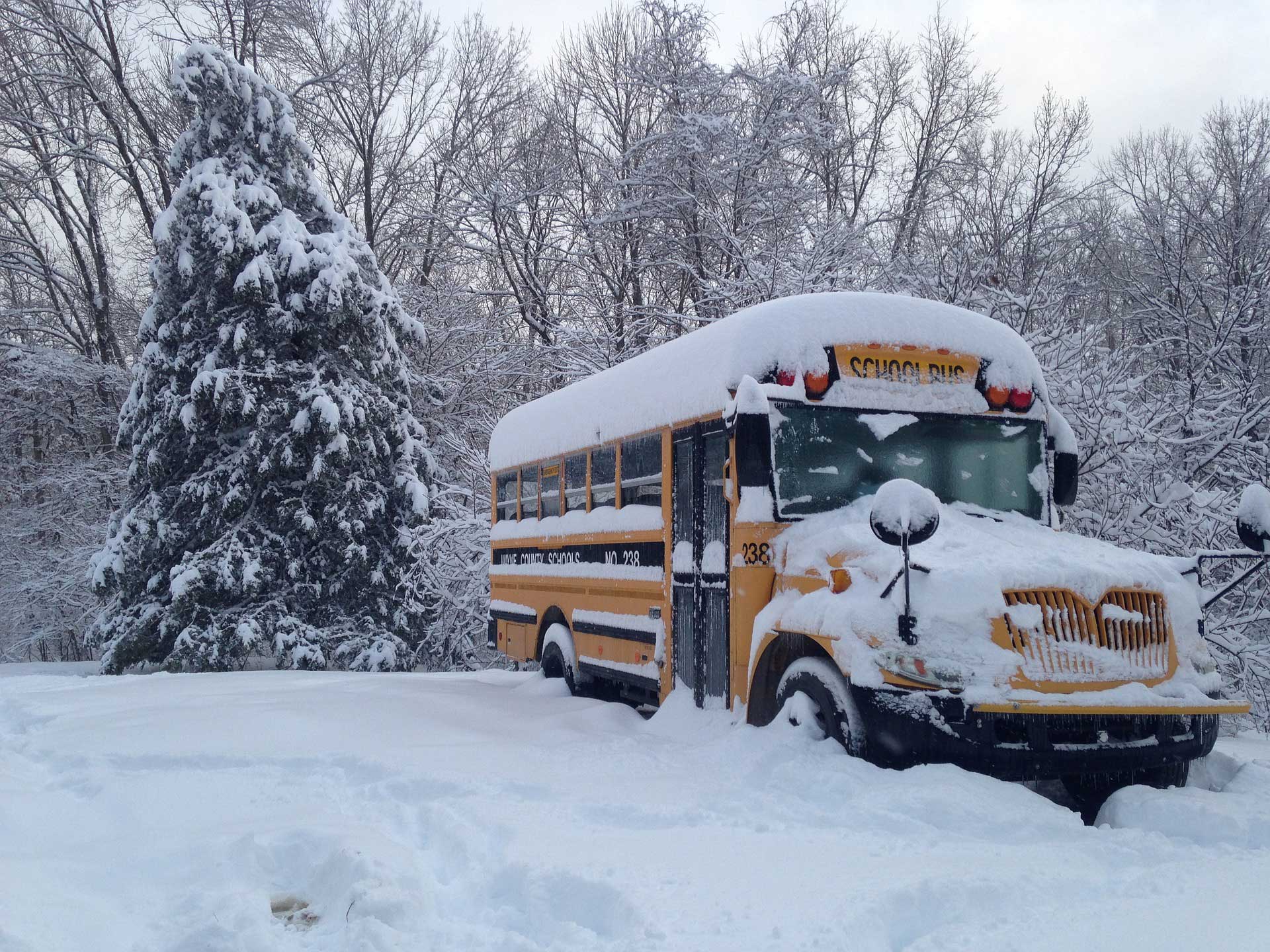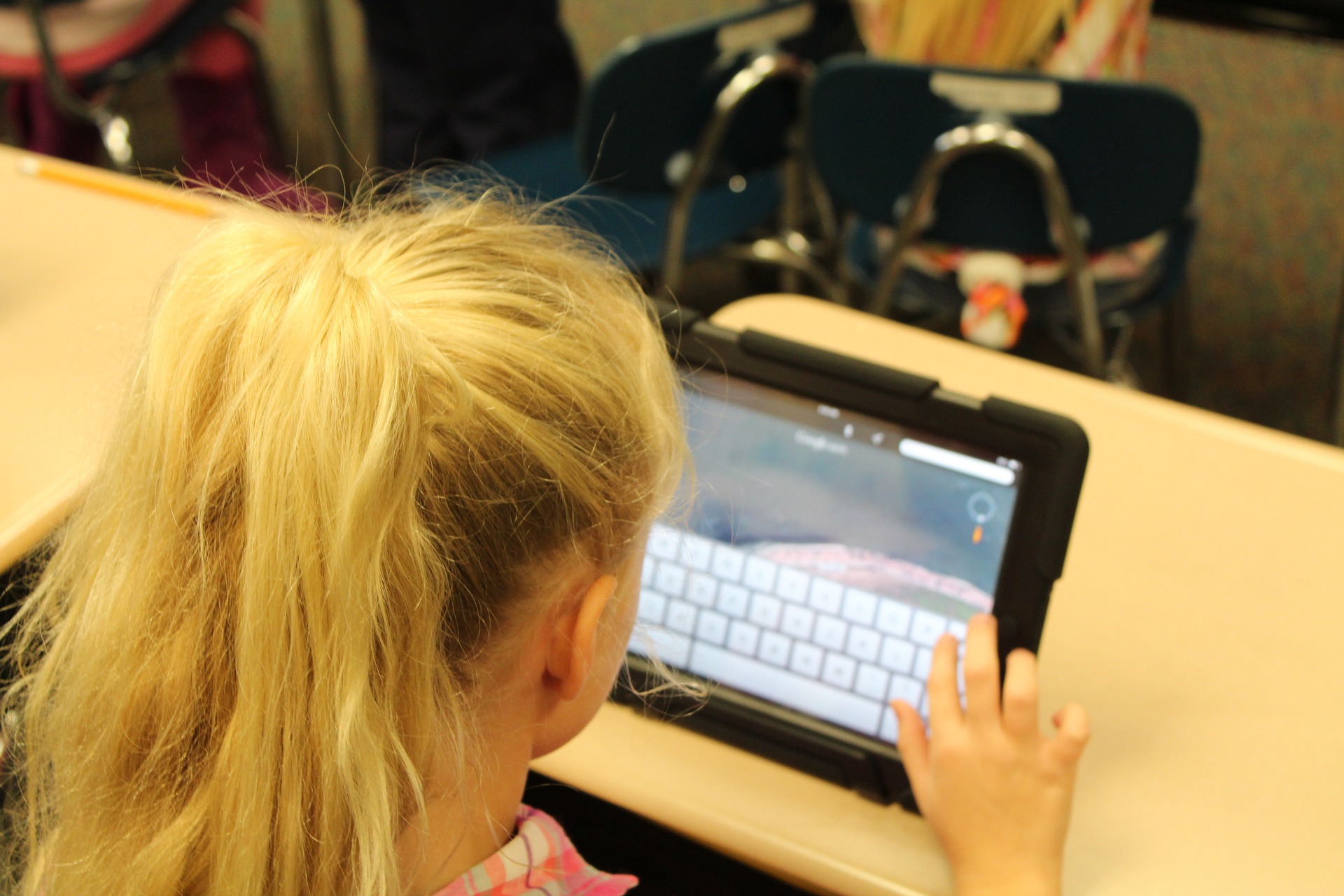
Schools close unexpectedly.
Weather events like blizzards and ice storms or hurricanes and flooding can close schools for one day or much longer. Unplanned closings are obviously beyond teacher control, and the longer the school is closed, the greater the negative impact on student learning.
School districts with online learning policies can help keep those downtimes productive, ensuring that both students and schools stay on schedule.
How Unplanning Closings Cost Schools
Unplanned school closings present a wealth of challenges for students, teachers and districts. For one, missing school often causes districts to reduce holidays, cut recess time and extend the school year to make up for missed learning days. CNN health journalist Jamie Gumbrecht adds that teachers are even cutting into their own professional development time to ensure that students meet state and federal learning standards.
At the same time, education columnist Maureen Downey writes that districts aren’t always required to make up missed school days. They might also not have the resources to add an extra day to the planned academic year either financially or logistically. When learning opportunities are lost for good, this can harm students in the long term. Downey points to multiple studies that show how during a year with three or more school closings, students tend to perform lower on math assessments.

Creating an Online Learning Policy
Fortunately, many schools are adopting online learning policies that keep kids learning even when they’re not in school.
- Frank Smith at Discovery Ed explains how a number of school districts in Illinois are following this trend. They are piloting a three-year online learning program, which is used by teachers and students when an unplanned weather event or other safety hazard prevents schools from being open as normal.
Smith says that to be successful, these online learning programs need to have strong guidelines and policies in place. For example, South Adams School in Berne, Indiana, created a detailed policy for eLearning days, which they classify as “virtual inclement weather days.” It outlines what these days are, when they occur, and how students, families and teachers will be informed.
Additionally, South Adams School has implemented an online portal for parents and students where online lessons and curriculum activities can be accessed on an unplanned day off.
Gwinnett County Public Schools in Georgia also implemented protocols for what it refers to as “digital learning days.” This policy outlines clear expectations for when students are expected to receive work in the morning, and when that work is to be handed in. Teachers are also encouraged to create and share specific learning guidelines with their students, whether that’s participation in a virtual discussion or bringing in notes to share the next day at school.
Preparing Students for Online Learning
First and foremost, school officials who are interested in implementing online learning must equip students with the proper skills and tools. At a basic level, this means that students must be technologically literate.
The National Association for Gifted Children writes that in addition to being computer literate, students must also possess independence, interest and communication skills in order to learn effectively online. If these skills aren’t already present when an online program is being considered, administrators must take proper steps towards teaching them.
Blended learning — when students learn from both classroom and online lessons — is one method of preparing students for unplanned days home from school. Professor of public policy, education and economics at the University of Michigan, Susan M. Dynarski, says that blended learning provides the flexibility and adaptability of digital learning, yet ensures that students still reap the benefits of face-to-face interaction. When students are exposed to blended learning during the everyday curriculum, they won’t have a technology learning curve when they need to learn from home.

Student Technology Access
Of course, things get more complicated in districts where students don’t have equal access to smartphones and computers they can use at home, Mary Burns, senior learning technologist at the Education Development Center writes. This means online learning policies must take into consider student technology access both in the schools themselves and at students’ homes.
Benjamin Herald at Education Week says that officials in an Indiana school district, for example, are working towards implementing a 1-to-1 ratio. Each student is equipped with a school-issued device they can use throughout the year. This policy makes it much easier for the school to implement online learning policies for snow days, because teachers can be sure that each student has the tools they need at home.
Schools worldwide are implementing technology lending programs, tech writer Jon Porter notes. One in the UK, for instance, leases 240 iPads specifically for their student use in subjects ranging from coding to phonics lessons. The devices can be taken home by students, so they can do homework. Porter notes that in addition to leasing the iPads themselves, the school has had to invest in a tech support team and Wi-Fi infrastructure.
A grant from the Department of Education for the Maconaquah school district in Indiana ensures that each student there is issued a tablet along with Google’s G-Suite applications to learn virtually on snow days. The district applied for the grant in order to take advantage of a flexible scheduling program that utilized e-learning after its academic calendar was disrupted by 14 snow days in one year, Education Dive editor Roger Riddell writes.
This model has proved so successful at helping students continue learning that it is now used for scheduled breaks as well, like holidays and summer vacations.
Digital Content Distribution
Once schools are certain that students have access to technology at home, they’ll need to consider digital content formats and sharing methods. Educator Amy Brown at Nearpod says that as e-learning grows, schools have access to more options for digital learning content.
Open Educational Resource Commons for example, is a free alternative to paper textbooks that enable districts to download and share learning content as needed. Budget concerns are often a core constraint to updating textbooks and implementing e-learning initiatives, but these free digital resources help in both areas.
Another way to share content and virtually assess student performance is to record and
share videos. Doug T. Graham at the Daily Herald explains how one Chicago school with a digital learning program kept students busy during a snow day by assigning videos to be watched. They also recorded themselves practicing musical instruments, and sent clips to their teachers.
Images by: stoneyridgefarmky, SchoolPRPRO, Bruce Mars


What do you think?